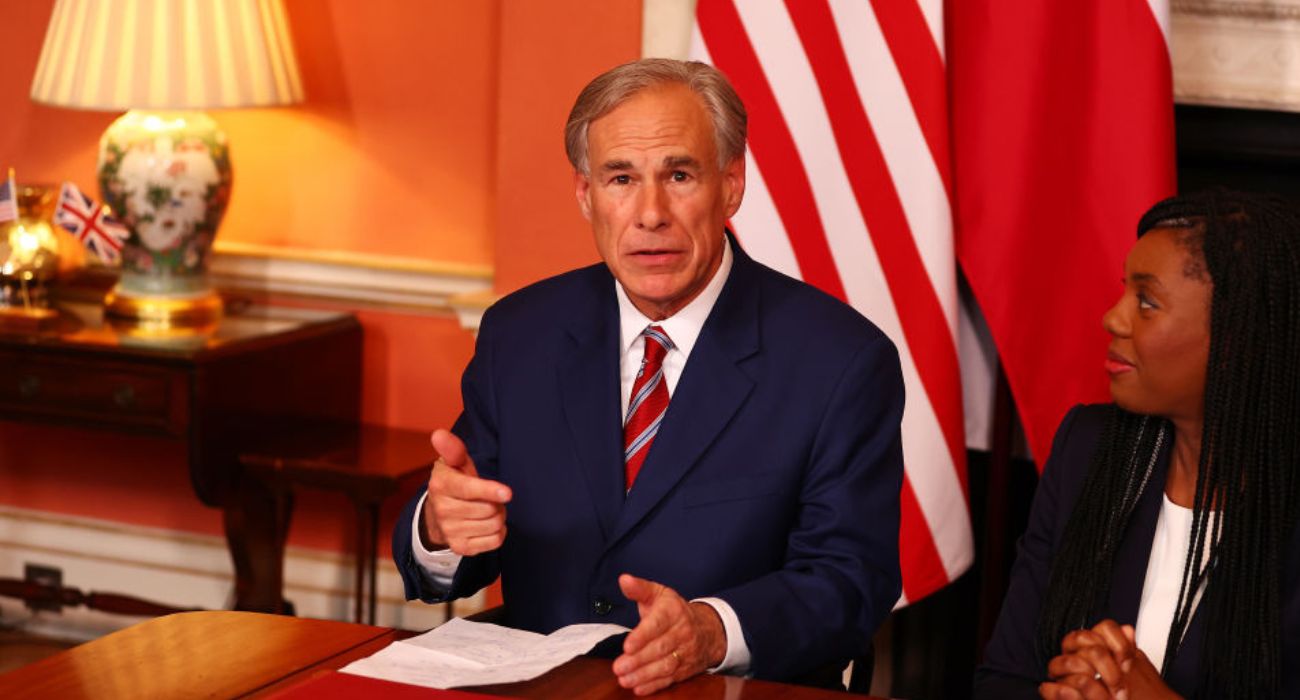Since 1981, more than 8,000 NATO aviators have earned their wings in Wichita Falls.
The responsibility of training the next wave of allied fighter pilots falls upon the Euro-NATO Joint Jet Pilot Training (ENJJPT) program at Sheppard Air Force Base.
In recent times, these pilots have been policing the frontline to try and ensure that Russia’s war in Ukraine does not spill over into NATO territory.
The ENJJPT program led by the U.S. Air Force aims to take these current realities into account in its curriculum. In line with this, a steering committee meets at least twice a year to discuss the program and approve new courses.
Some changes already in the works will put a greater emphasis on more advanced air combat maneuvering.
“Within a year, [the pilots] could find themselves flying in a combat environment, and they need to prepare themselves every single day with that eventuality in mind,” Brad Orgeron told Air Force Times. Orgeron is a colonel with the U.S. Air Force and oversees the ENJJPT program as the commander of the tenant unit on Sheppard, the 80th Flying Training Wing.
The steering committee also manages the personnel and equipment sides of the program, such as ensuring that there are enough qualified instructors to teach and safe, suitable planes to practice on.
But the most unique and arguably vital part of the ENJJPT program is that is internationally manned and operated.
Civilian and military representatives from 13 countries, including Germany, Belgium, Canada, Denmark, Greece, Italy, the Netherlands, Portugal, Romania, Spain, Turkey, Norway, and the United Kingdom, sit on the steering committee and report back to chains of command in their respective countries.
The ENJJPT program trains more than 200 student pilots each year at Sheppard. Some graduate and later become trainers themselves.
More than half of the U.S. Air Force’s fighter pilots were trained at Sheppard. Five countries, including Belgium, Germany, Denmark, Norway, and the Netherlands, send all of their pilots to train there, while other European nations pick students through a competitive process.
As a result of the shared training and trust established at Sheppard Air Force Base, NATO was able to quickly mobilize its defenses within hours last year when Russia invaded Ukraine.
U.S. Air Force F-35As with the 34th Fighter Squadron from Hill Air Force Base, Utah, were deployed from Spangdahlem Air Base, Germany, to the Baltics just a day after the war began. These F-35s and other allied aircraft have since been conducting flight operations at Šiauliai Air Base in Lithuania, Ämari Air Base in Estonia, and Feteşti Air Base in Romania, per Air Force Times.
This increased posture aligning allied air and missile defense units along the allied territory’s eastern flank has since been referred to as “air shielding,” a NATO military official told Air Force Times in August 2022.
But these measures require a lot more planes and pilots trained to operate them.
“My squadron at home was on 24-hour recall as soon as [Russia] started invading,” Maj. Patrick Pahlke, a German instructor pilot, told Air Force Times. “When I was there and it was quiet … we scrambled [to intercept Russian jets] maybe once or twice, a few times per month. Now they’re out there daily.”
The outbreak of war and the potential for its escalation have brought the ENJJPT program into the limelight.
The demand for Sheppard’s services is expected to spike as member countries re-examine their national defenses. At the upcoming biannual meeting of the Euro-NATO Joint Jet Pilot Training program’s member countries in March, there will be discussions among officials about whether Sheppard can generate additional pilots in response to the escalating conflict at NATO’s borders, per Air Force Times.
But the ENJJPT program has met with some challenges.
First, problems with the supply chain for the T-38 Talon fighter′s engine have limited the number of aircraft available to students, whose numbers have shrunk in the ENJJPT program. At Sheppard, students learn the basics with the T-6 Texan II and then advance to the T-38.
Sheppard is still waiting for the T-7A Red Hawk training jet that is being designed by Boeing. But it won’t receive it for another decade at least.
Next, staffing the program with experienced instructor pilots has proven problematic. Not only does it take time to train instructors, but further down the line some countries might not want to send their best pilots to act as trainers when war is looming.
“We can train fighter pilots. That is not the problem,” said German Air Force Col. Jan Gloystein, head of the 80th Operations Group, per Air Force Times. “The problem is, who would you want to stick into this system that is already not performing at its maximum level?”
Despite these challenges, the 55-week program provides important lessons for student pilots before they move on to more specialized training with fifth-generation fighters in their home countries or elsewhere in the U.S.
As such, the ENJJPT program remains vital to ensuring that NATO has enough pilots to defend its borders and can meet the future demands of the alliance.






